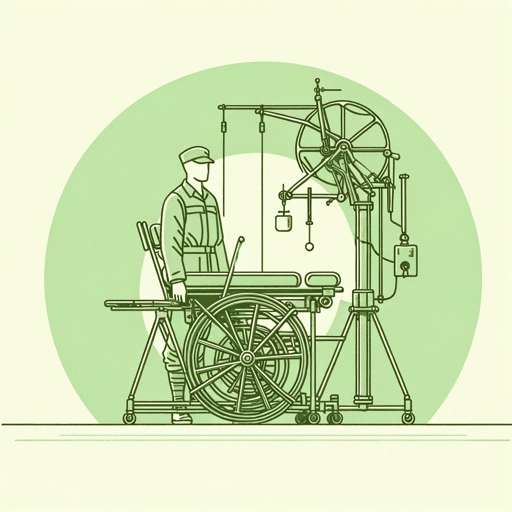31 pages • 1 hour read
Ernest HemingwayA Day's Wait
Fiction | Short Story | Adult | Published in 1933A modern alternative to SparkNotes and CliffsNotes, SuperSummary offers high-quality Study Guides with detailed chapter summaries and analysis of major themes, characters, and more.
Symbols & Motifs
Temperature and Thermometers
The thermometer is a critical plot device in “A Day’s Wait.” Schatz doesn’t understand the difference between Celsius and Fahrenheit measurements, and this misunderstanding leads him to believe that he’s dying. Schatz’s understanding of temperature is based on Celsius. Using Celsius measurements, a temperature of 44 degrees or higher would indicate rapidly approaching death. In Fahrenheit measurements, this number is 111 degrees.
However, the thermometer serves other figurative roles in this work. First, it symbolizes Papa’s role as a caregiver. He’s the one taking Schatz’s temperature and tracking it. He’s the one to worry when it keeps rising, causing him to lie to Schatz about his temperature. Additionally, the thermometer symbolizes Papa’s struggle to acknowledge his son’s maturity. Schatz is fully capable of taking his own temperature, but the people around him insist on babying him. This refusal to accept Schatz’s growing maturity contributes to his misunderstanding and consequent emotional turmoil.
Related Titles
By Ernest Hemingway

A Clean, Well-Lighted Place
Ernest Hemingway

Across the River and into the Trees
Ernest Hemingway

A Farewell to Arms
Ernest Hemingway

A Moveable Feast
Ernest Hemingway

A Very Short Story
Ernest Hemingway

Big Two-Hearted River
Ernest Hemingway

Cat in the Rain
Ernest Hemingway

For Whom the Bell Tolls
Ernest Hemingway

Green Hills of Africa
Ernest Hemingway

Hills Like White Elephants
Ernest Hemingway

In Another Country
Ernest Hemingway

Indian Camp
Ernest Hemingway

In Our Time
Ernest Hemingway

Old Man at the Bridge
Ernest Hemingway

Soldier's Home
Ernest Hemingway

Solider's Home
Ernest Hemingway

Ten Indians
Ernest Hemingway

The Garden of Eden
Ernest Hemingway

The Killers
Ernest Hemingway

The Nick Adams Stories
Ernest Hemingway

